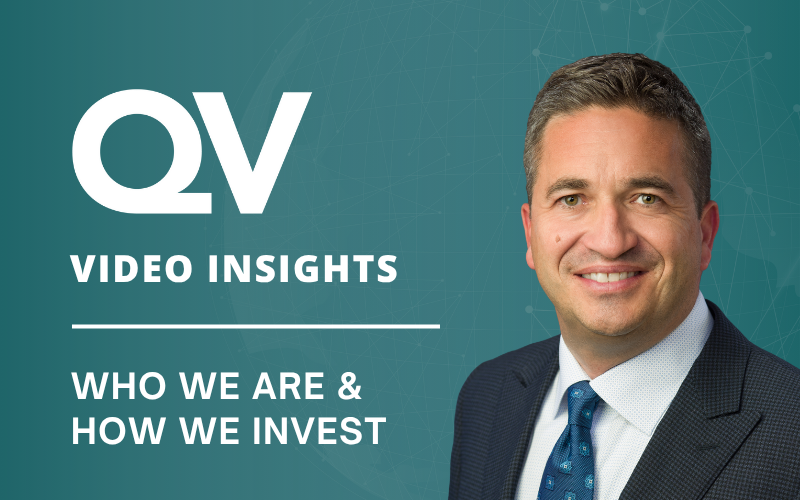With the nominal yield (before inflation) on ten-year Canada bonds near 2% and the trailing earnings yield on the S&P 500 still much higher at just over 4%, one might ask, why hold bonds at all? In what is still a very low interest rate environment, equities remain a relatively more attractive alternative for generating growth. However, an important factor in achieving long-term growth is preservation of capital – a concept that was paramount during the financial crisis when some major equity markets lost 50% or more of their value over a short period of time. Perhaps time does heal all wounds, as it seems the importance of capital preservation has faded for some investors.
Although economic indicators are not pointing towards an imminent correction of the magnitude seen in the financial crisis, it would be irresponsible for investors to underestimate the possibility of a material market correction. As James Stack from InvesTech Research points out, almost every bear market has taken back at least half of the previous bull market’s gain. He goes on to explain that the trailing price to earnings (P/E) ratio of the S&P 500 has exceeded 24.0x only 10% of the time since 1928. He also notes that if we remove the extreme periods of the tech bubble and the financial crisis, the statistic drops to only 3%. Today, the S&P 500 trailing P/E is 24.8x. If this relationship holds, investors who have sold their stable bond holdings may come to regret it.
Consider the financial crisis when the S&P/TSX Composite lost 33% in the 2008 calendar year. Over the same period, our Canadian balanced strategy lost only 6% (gross of fees). We credit the defensive nature of our value driven investment approach for softening potential losses in our equity portfolios, but we cannot emphasise enough the role bonds played in preserving capital in our balanced strategy. Leading up to the crisis, relative valuations between equities and bonds compelled us to run with a conservative asset mix, with an average of 57% in fixed income and only 43% in equities. At the time, bonds were more attractive than today, particularly Government of Canada bonds, which were offering a much higher yield of around 4%.
The fact that bonds are less attractive on a yield basis today should not detract from their ability to protect capital better than equities in a downturn. Additionally, during major stock market corrections, the bond market is typically viewed as a safe haven, attracting nervous equity investors. This flight to safety pushes yields lower, thereby increasing the price of bonds. For existing balanced portfolios, this is helpful in offsetting equity losses. Provided the bonds are of high credit quality, an investor can also be reasonably assured their principal will be returned upon maturity and they will collect interest income in the meantime. This provides a more stable asset base that can later be redeployed into better priced equities and/or re-invested in higher yielding bonds.
Another important factor to consider when assessing the true merit of holding bonds is how investors feel in the midst of a severe market correction. In his book, Misbehaving: The Making of Behavioural Economics, Richard H. Thaler explains a concept called the “Value Function”, which in simple terms is the fact that losses hurt much more than gains make investors happy. Despite this fact, he goes on to explain that as investors continue to experience new gains, they tend to view the gains as money they wouldn’t have otherwise had and are therefore more willing to invest further into the momentum of positive stock returns over bonds. He calls this the “House Money Effect”, which coupled with investors’ tendency to believe recent positive returns are indicative of future returns, helps in the creation of financial extremes.
We agree that losses are extremely difficult to digest emotionally and to recover from financially. We also might say we are seeing shades of the “House Money Effect” in today’s market. In our balanced strategy, we are maintaining a defensive asset mix with 50% in fixed income and 50% in equities. Although it is tempting to want to participate to a larger degree in this heated equity bull market, we are focused on what is more important in the long run – protecting capital and being prepared with enough stable reserves to buy excellent companies when they go on sale.




